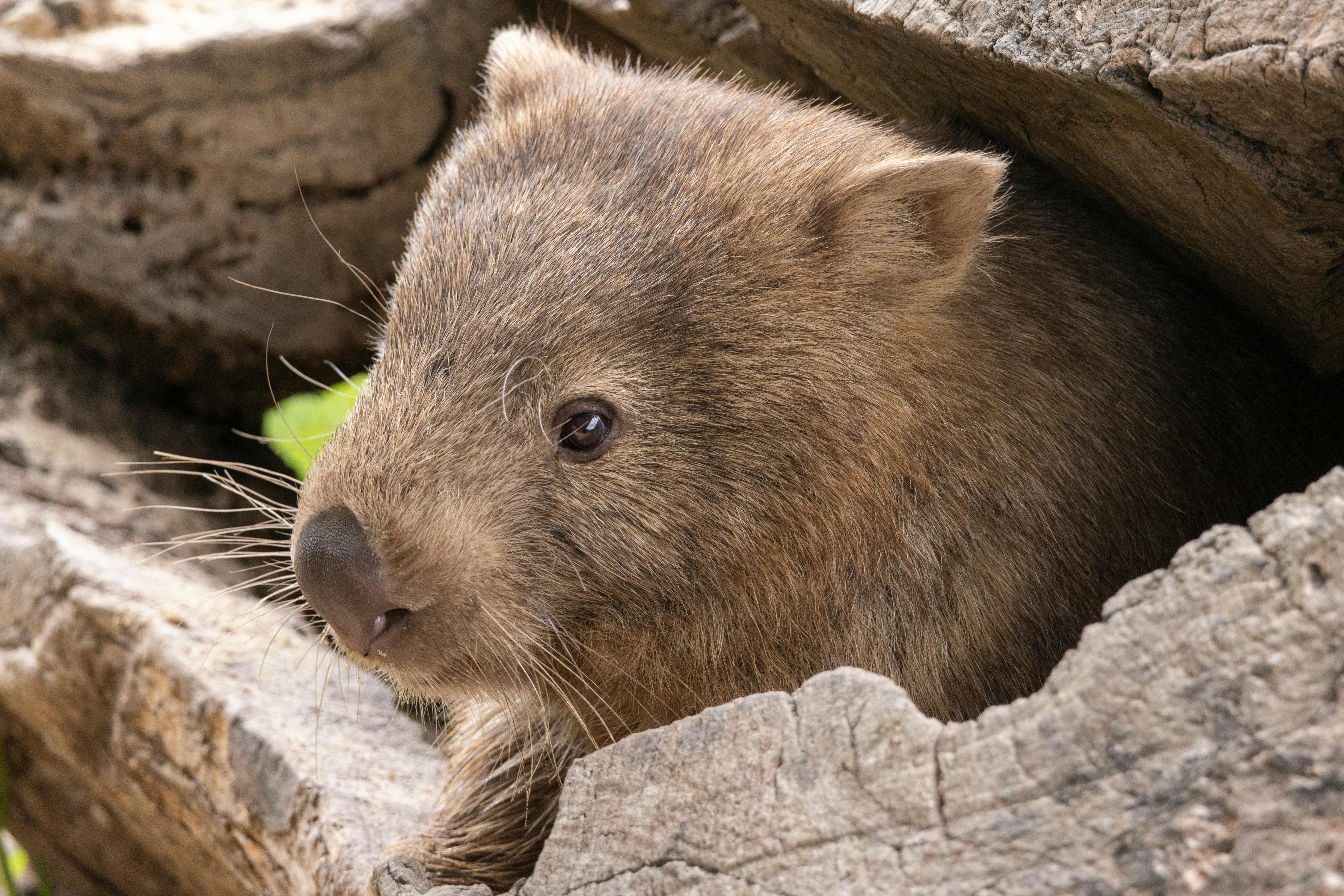Understanding the Resilience of Australian Wombats
The Australian wombat is a fascinating creature that continues to capture the imagination of animal lovers around the world. This article delves into the fascinating world of wombats, exploring their unique characteristics, historical significance, recent developments, and impact on the ecosystem.

Wombats: The Survivors of the Australian Outback
Wombats are burrowing marsupials indigenous to Australia. Known for their distinctive, cube-shaped feces and short, robust bodies, wombats have become iconic symbols of the Australian wilderness. They have a rich history intertwined with indigenous folklore and continue to play a vital role in the ecosystem.
Historical Context: Wombats in Indigenous Folklore
The indigenous people of Australia have a profound respect for wombats. These creatures feature prominently in their folklore and are often associated with the land and its fertility. Moreover, the unique behaviour and physical attributes of wombats have led to various cultural interpretations and stories.
The Wombat’s Unique Physiology
Wombats possess some incredible physiological adaptations that help them survive in the harsh Australian outback. Their bodies are designed for efficient burrowing, with powerful limbs and a distinctive, toughened rear end. This rear-end structure has a unique purpose - it’s used to block entrances to their burrows, protecting them from predators.
Recent Developments: The Threat of Sarcoptic Mange
Unfortunately, wombats are currently facing a significant threat in the form of Sarcoptic Mange. This disease, caused by parasitic mites, has led to a decline in wombat populations in recent years. The disease causes severe skin issues and often leads to death.
Market Impact: Wombats and Eco-Tourism
Wombats hold a significant place in Australia’s eco-tourism industry. Their appeal attracts numerous tourists each year, contributing to the local economy. However, the price range for such tours varies greatly, depending on the specifics of the package.
Wombats and Ecosystem Health
Wombats play a crucial role in maintaining the health of the Australian ecosystem. Their burrowing habits contribute to soil aeration, promoting plant growth and biodiversity. However, the recent decline in their numbers due to Sarcoptic Mange could potentially have serious implications for the ecosystem.
The Australian wombat showcases resilience and adaptability in one of the world’s harshest environments. Their survival is not only a testament to their unique adaptations but also a reflection of their integral role in the ecosystem. As ongoing threats challenge their survival, understanding and addressing these issues becomes imperative to safeguard both the wombats and the health of the Australian wilderness.






